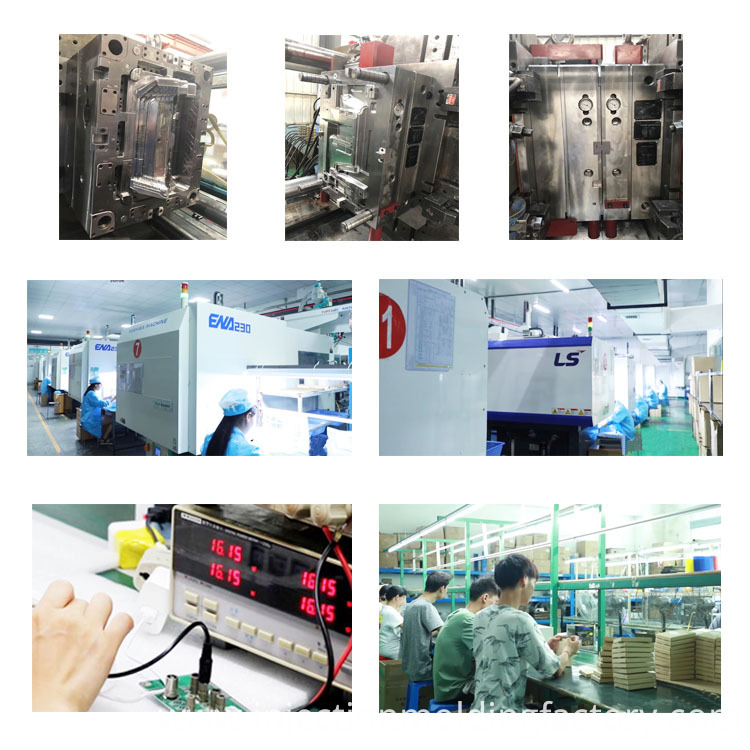[ Instrument network instrument research and development ] Recently, Xia Zeyang's team, a researcher at the Neural Engineering Center of the Institute of Integration of Shenzhen Institute of Advanced Technology, Chinese Academy of Sciences, and his team have made new progress in the study of morphological calculations of soft robots. Related research results are titled Optimal Design of Soft Pneumatic Bending Actuators Subjected to Design-Dependent Pressure Loads and published on IEEE/ASME Transactions on Mechatronics (2019, 24(6): 2873-2884 ). Xia Zeyang is the corresponding author of the paper.
The design method of software driver can be divided into bionic design method and morphological calculation method. Compared with the bionic design method that requires a lot of experiments, the morphological calculation method can generate innovative structures according to individual design requirements. Existing morphological calculation methods are generally based on topology optimization methods and cannot be directly applied to the design of curved soft pneumatic actuators (SPBA), because the shape of SPBA is usually also related to the pressure load related to the design, and its applied position depends on the design. For the specific internal cavity structure. To this end, the researchers proposed a morphological calculation framework for SPBAs based on the two-way progressive topology optimization method to solve the morphological calculation and optimization problems of soft robots.
The optimization design framework is established based on a numerical topology optimization method, and SPBA is regarded as a compliance mechanism. The set optimization goal is to achieve the maximum bending deformation and structural stiffness under a specific loading pressure. In finite element analysis, each element in the design domain is set as a solid or cavity according to the sensitivity, and the sensitivity is approximated by the derivative of the objective function to the design variable. In iterative optimization, the defined pressure acts on the movable solid boundary surface. The driver topology results obtained through the above optimization were used to make a prototype, and its performance was evaluated in a no-load experiment. At the same time, in order to verify the effectiveness and practicability of the method, rectangular solids and cylindrical SPBAs with and without strain limiting layers were designed, and the optimized results to achieve the maximum bending motion were obtained.
The research verifies the structural rationality of the widely used PneuNets software driver from the perspective of theoretical analysis. At the same time, this method can change the experience-based trial-and-error structure design mode of current software drivers, make SPBA design oriented to specific individual sports needs, and enable research to be applied to application areas that need to combine structural constraints and design requirements, such as by changing Optimize the objective function to create an SPBA with an asymmetric structure for hand rehabilitation.
Morphological calculation is a key problem to be solved urgently in the design of software robots. This research established a morphological calculation method for a soft robot based on topology optimization. It is the first attempt to use a numerical calculation method to design a software driver from the perspective of morphological calculation. The morphological calculation framework based on the topology optimization method provides a solution for the personalized morphological design of software robots that meet specific functional tasks.
FFP2 mask is one of the European mask standard EN149:2001. Its function is to absorb harmful aerosols, including dust, smoke, mist, poisonous gas and poisonous vapor, etc. through the filter material, blocking it from being inhaled by people.
FFP1: The minimum filtering effect is 80%
FFP2: The minimum filtering effect is 94%
FFP3: The minimum filtering effect is 97%
The filter material of FFP2 mask is mainly divided into four layers, namely two layers of non-woven fabric + one layer of meltblown fabric + one layer of needle punched cotton.

Disposable Protective Face Shield,Disposable Safety Face Mask,Reusable Protective Face Mask,Electronic Face Mask
Sung Precision Mould & Plastic Co., Ltd. , https://www.dginjectionmolding.com